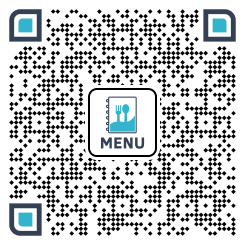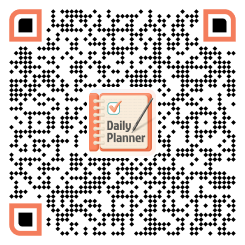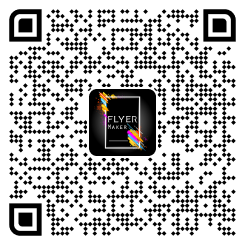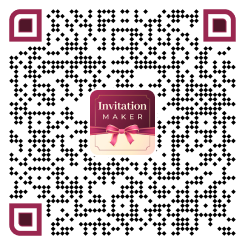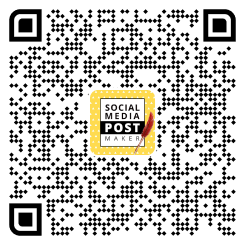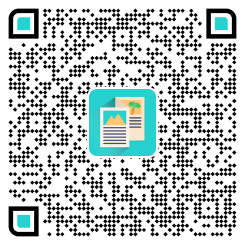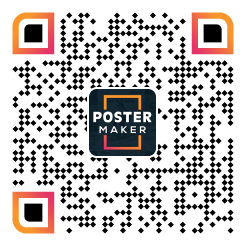In today’s competitive job market, your resume is your first chance to make a lasting impression on potential employers. With so many applicants vying for the same position, it’s crucial to create a resume that will grab their attention and showcase their skills and qualifications. But how do you make your resume stand out from the rest? In this article, we’ll provide you with the best resume tips that will get you hired. Resume tips are important because they can help job seekers create a document that effectively showcases their skills, experience, and qualifications to potential employers.
Essential Resume Writing Tips
1. Focus on Relevant Experience and Skills
Tailor your resume to highlight only the most relevant accomplishments and skills for the job you’re applying to. This will help the reader see why you’re the perfect match for the position.
2. Keep an Outline of your Qualifications
Maintain a resume outline on your computer with all your qualifications, achievements, and special projects, tailored for different applications. Then, when creating each resume, you can easily cut and paste the most relevant information together.
3. Avoid using Objective Statements
Unless you’re making a significant career change, objective statements are no longer necessary and can make your resume look outdated.
4. Showcase your Best Qualifications First
Ensure that your most relevant qualifications are prominently displayed at the top third of your resume, where the hiring manager will see them first. If your most recent position isn’t the most relevant, consider leading with a skills section or a resume summary.
5. Choose the Right Resume Format
There are various resume formats to choose from, but the reverse chronological format (listing your most recent experience first) is usually the best option. Avoid functional or skills-based formats unless necessary, as they may raise questions from hiring managers.
6. Keep it Concise
Keep your resume as short as possible to highlight only the most relevant information. If you can showcase your skills and experience on one page, it’s ideal. However, if you have relevant and significant experience, training, and credentials, a two-page resume is acceptable.
7. Include Relevant Links
If you need more space to showcase your work, consider including links to your website, online portfolio, or relevant professional social media profile. But avoid hyperlinking over critical words, as it may interfere with the resume screening software used by employers to store and parse resumes.
8. Be Aware of ATS
Employers often use an applicant tracking system (ATS) to organize resumes and identify the most relevant candidates. Keep in mind that your resume will likely be processed by an ATS, so it’s essential to understand how it works and ensure your resume is optimized accordingly.
Resume Example of This Writing Tips
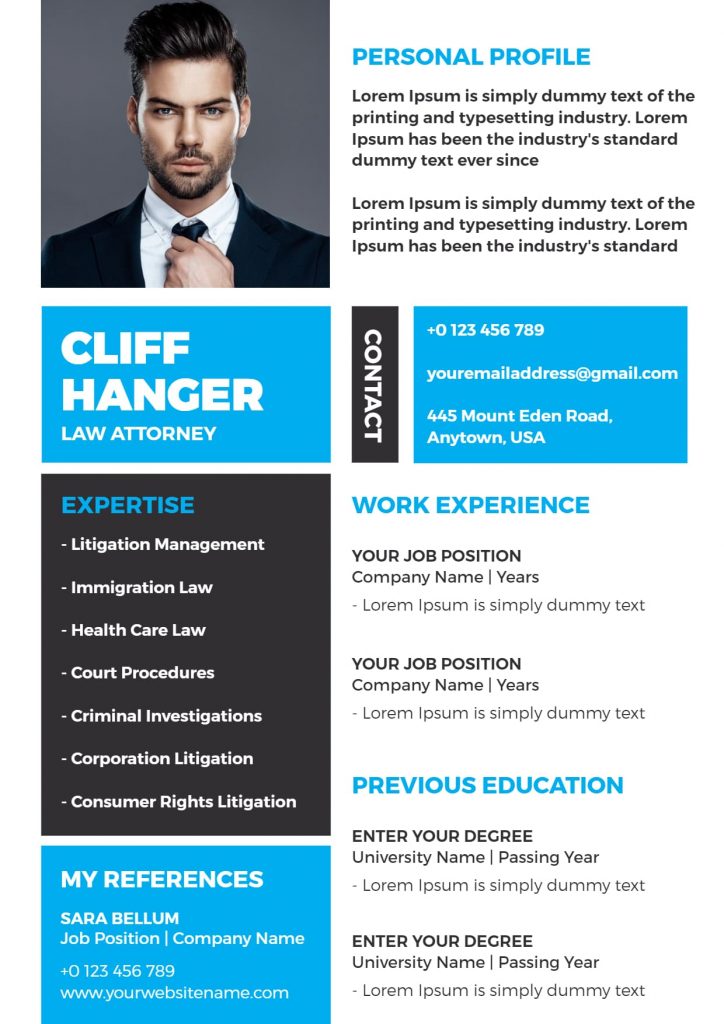
If you’re looking to improve your resume writing skills, using high-quality resume templates can be a great place to start. Not only do these templates provide a solid foundation for your resume, but they can also help you highlight your skills and experience in a way that catches the eye of potential employers. Whether you’re a recent graduate or a seasoned professional, using a well-designed resume template can make all the difference in your job search. Check out this top picks for the best resume templates to get started today!
Resume Tips for Formatting
9. Keep it Simple
The most important rule of good resume formatting is to keep it simple. This means using a clean, easy-to-read font like Helvetica or Arial and leaving plenty of white space on the page. The goal is to make your resume as easy as possible for hiring managers to scan.
10. Use ATS-Friendly Design Elements
While you want to keep your resume simple, that doesn’t mean you can’t use design elements to make it stand out. However, it’s important to use elements that are ATS-friendly, such as bold and italic text, underlining (in headings or over hyperlinks), colors, bullets, different text alignments, and columns that can be read straight across.
11. Avoid Design Elements that can’t be Read by Computers
On the other hand, there are certain design elements that ATSs have trouble with. These include tables, text boxes, logos and icons, images and photos, graphics, graphs, other visuals, headers and footers, less common fonts, and columns that can only be read from top to bottom. Avoid using these elements to ensure that your resume gets past the screening process.
12. Highlight your Contact Information
Make sure to include your phone number and professional email address on your resume, as well as any other relevant contact information, such as your LinkedIn profile. You don’t need to include your physical address, but make sure your contact information is prominent and easy to find.
13. Design for Immobility
Remember that hiring managers often spend only a few seconds scanning each resume, so make sure yours is easy to skim. Use headings and subheadings to break up the text, and use bullet points to highlight your skills and accomplishments.
Resume Example of This Formatting Tips
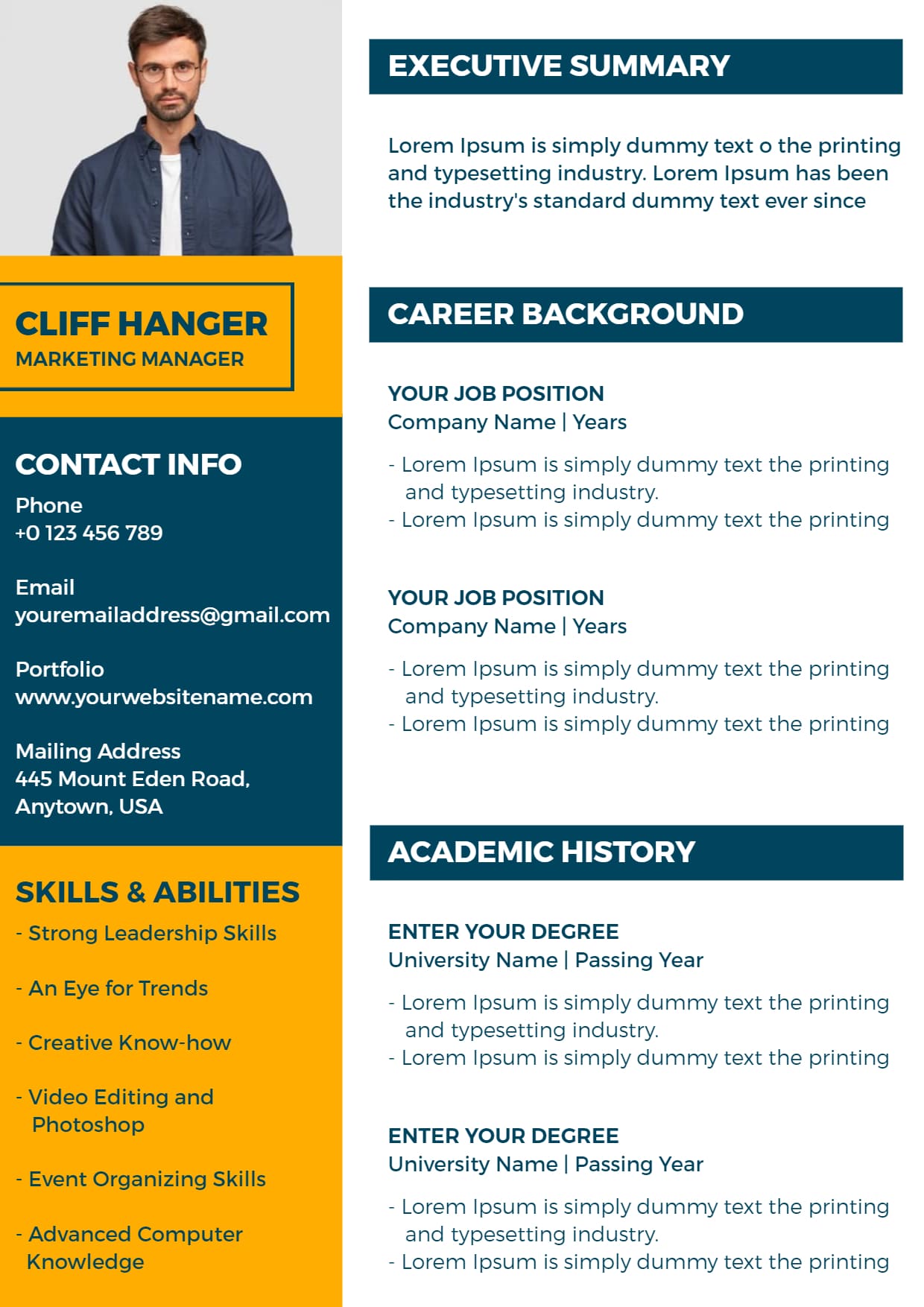
If you’re looking to learn more about resume formatting, including practical examples, you’ve come to the right place! This comprehensive guide on resume formats covers everything from choosing the right font and layout to organizing your experience and skills in a way that makes you stand out to potential employers. Whether you’re a recent graduate or an experienced professional, mastering the art of resume formatting can help you land your dream job.
Resume Tips for Crafting a Strong Work Experience
14. Keep your Work Experience Relevant and Recent
As a general rule, limit your work experience to the most recent 10-15 years and only include experiences that are relevant to the positions you’re applying for. Additionally, allocate space on your resume based on importance. Choose to go into more detail about your current role over including another college internship unless the internship is more relevant to the job you’re applying for.
15. Don’t Overlook your Transferable Skills
If you don’t have any professional experience that aligns with the job you’re applying for, don’t panic. Highlight your relevant and transferable skills and related side or academic projects on your resume, then pair them with a compelling cover letter that tells the story of why you’re the ideal candidate for the job. After all, employers today value your skills and personality. The PI Assessment helps them understand how well you align with the role and company culture.
16. Use Achievement-Focused Bullet Points
The bullet points under each job entry are crucial in communicating your skills and how you have utilized them in the past. Begin each bullet point with a strong action verb, and include relevant skills from the job description. Rather than simply listing your job duties, frame your bullet points around your achievements and how they benefited your employer or company.
17. Curate your Bullet Points and Experiences
Limit the bullet points under each job entry to a maximum of eight, and reduce the number of bullet points for older or less relevant jobs to four to six.
18. Incorporate Numbers into your Bullet Points
Whenever possible, include figures, facts, and numbers in your bullet points. Quantifying your accomplishments helps the hiring manager understand the level of work or responsibility you held to achieve them.
19. Include Non-Traditional Work Experiences
You don’t have to limit your resume to only full-time or paid work. If you have volunteered, worked part-time, as a temporary or contract worker, freelanced, or interned, include these experiences on your resume as their own “jobs” within your career chronology. Be sure to only include experiences that are relevant to the job you’re applying for. Also, make sure to use contract templates to sign your talents.
20. Use Keywords from the Job Description
Review the job description and include the important keywords used most frequently in your bullet points. This will not only ensure that your resume is targeting the job but also make it easier for an applicant tracking system to find your resume.
Resume Example of This Strong Work Experience Tips
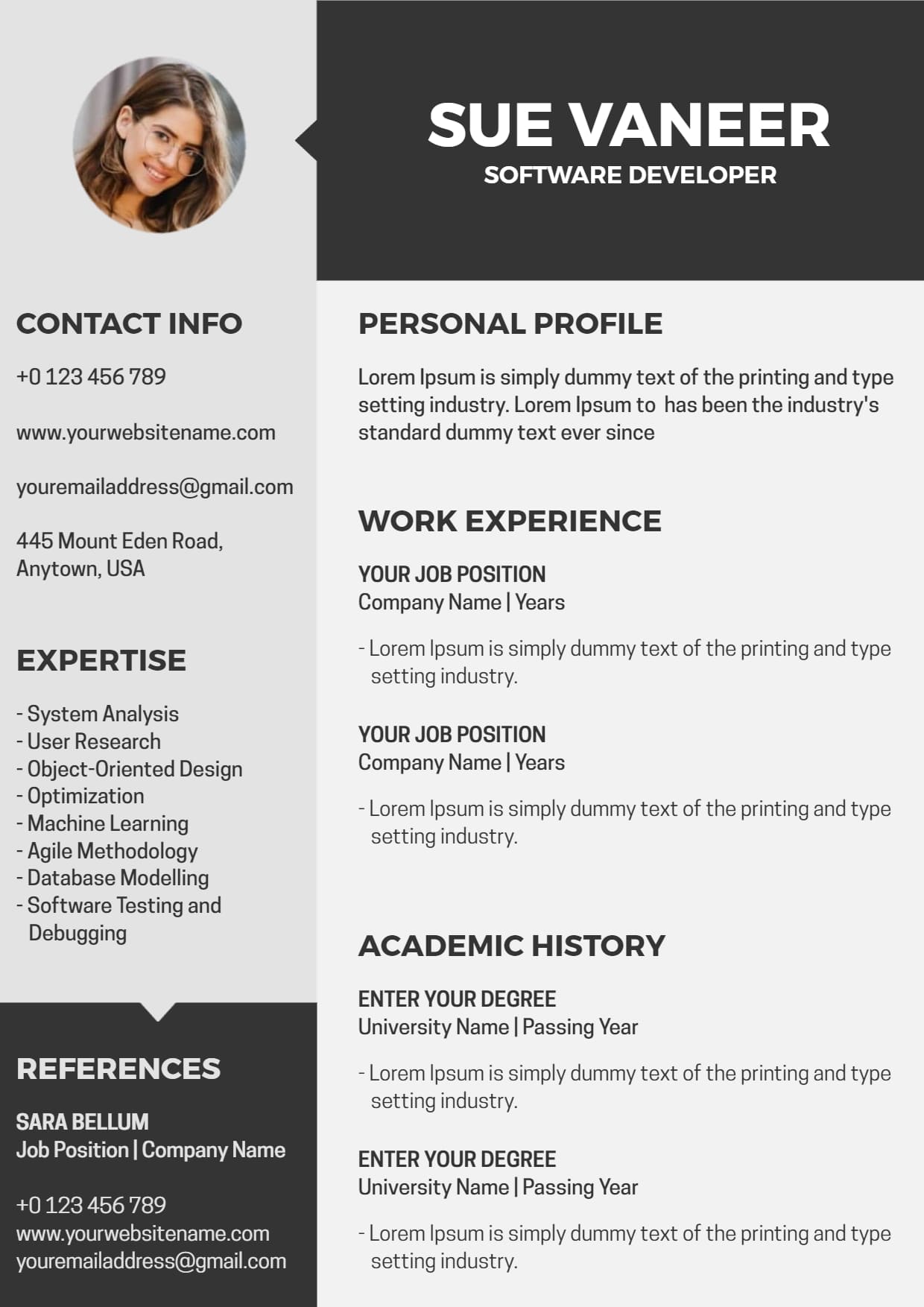
Effective Resume Tips for Listing Education
21. Prioritize Experience over Education
If you’re not a recent graduate, it’s best to list your experience first and education later. Generally, your last few jobs are more important and relevant to securing a new job than where you attended college.
22. Arrange Your Education in Reverse Chronological Order
Typically, you should lay out your educational background in reverse chronological order, listing your most recent or advanced degree first. You can use a reverse phone lookup service to easily find all information from your phone. The reverse phone lookup service provides information about an individual via their cell phone number. However, if older coursework is more specific to the job, you should list that first to attract the reviewer’s attention.
23. Remove Dates from Your Education Section
Unless you’re early in your career, it’s advisable not to list your graduation dates. The reviewer is more interested in whether or not you possess the degree than when you earned it. Moreover, listing dates may inadvertently expose you to age discrimination, which is a harsh reality in some job markets.
24. Emphasize Honors and Achievements
If you graduated from college with high honors, be sure to highlight it on your resume. While you don’t necessarily need to list your GPA (unless it’s impressive), showcasing your summa cum laude status, honors college membership, a relevant project you completed, or an award you won can help set you apart. Nowadays, employers don’t place as much emphasis on GPA as they do on the skills you gained during your academic career.
25. Include Continuing or Online Education
Don’t hesitate to list continuing education, professional development coursework, or online courses in your education section, particularly if your resume feels light on relevant experience.
Resume Example of This Listing Education Tips
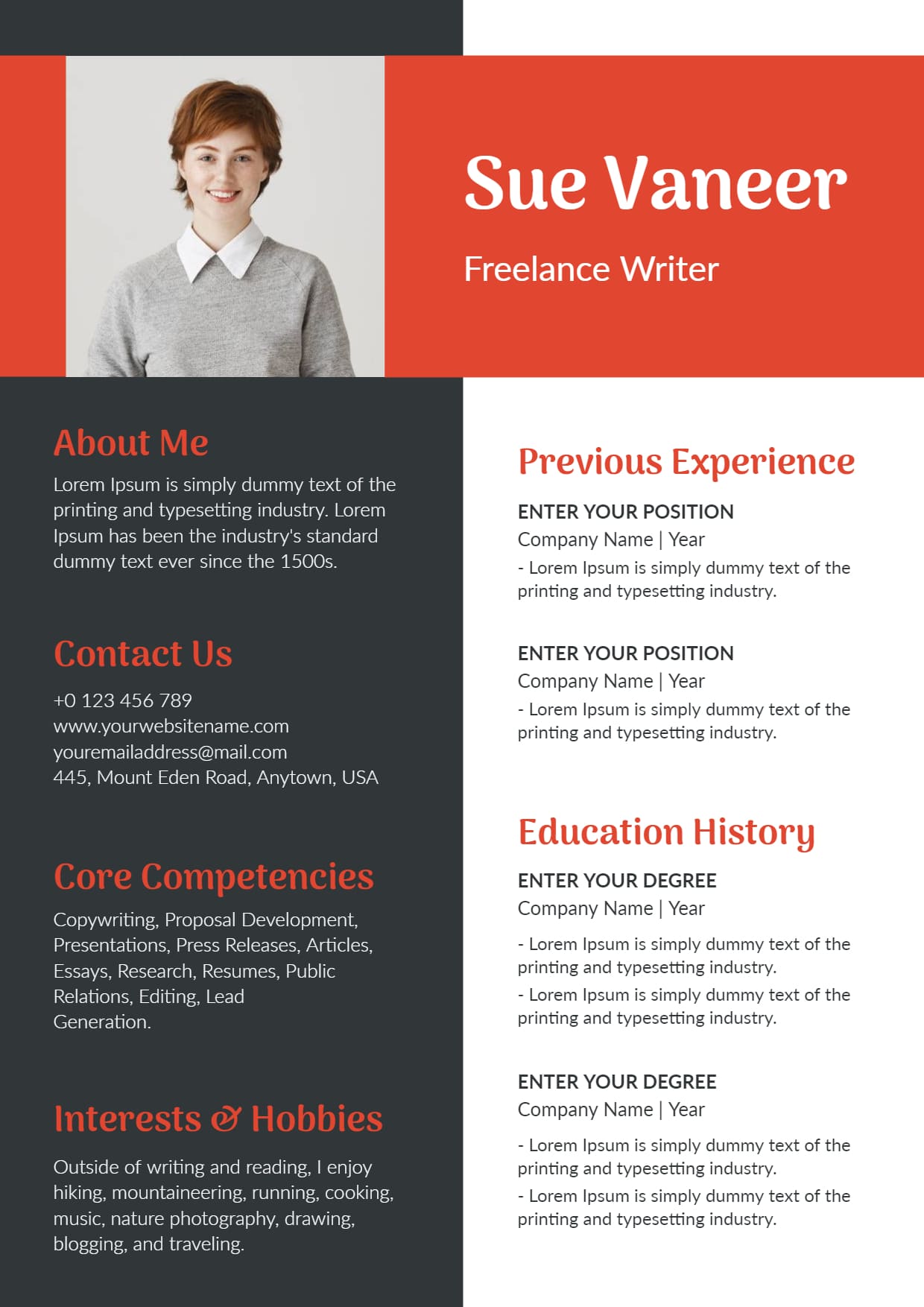
Resume Tips for Highlighting Your Skills
26. Don’t Overlook your Skills Section.
Ensure that you include a section that lists all the relevant skills you possess for a specific position, particularly those that are mentioned in the job description. This should include technical skills such as software proficiency and knowledge of project management tools, as well as specific knowledge of how to perform relevant tasks. However, it’s crucial to avoid including skills that are expected of everyone, such as using email or Microsoft Word. By doing this, you’ll appear less technologically savvy.
27. Incorporate your Skills throughout your Resume.
While your skills section is a convenient way for hiring managers to confirm that you possess the required skills, it shouldn’t be the only place where your critical skills appear. Any skill that’s essential to be hired should also be included in your bullet points, where you can demonstrate how you’ve used it in the past.
28. Divide your Skills for Clarity.
If you have numerous skills that could be useful for a job but aren’t necessarily in the same category, such as foreign language, software, and leadership skills, consider breaking up your skills section. Below your “Skills” section, create a subsection titled “Language Skills” or “Software Skills,” for example. This makes it easier for employers to skim your resume.
29. Demonstrate your Soft Skills.
Listing soft skills on a resume can come across as a list of meaningless buzzwords. However, it’s crucial to convey attributes such as being a strong leader or an effective communicator. Think about how you can demonstrate these qualities in your bullet points without merely stating them.
Resume Example of This Highlighting Skill Tips
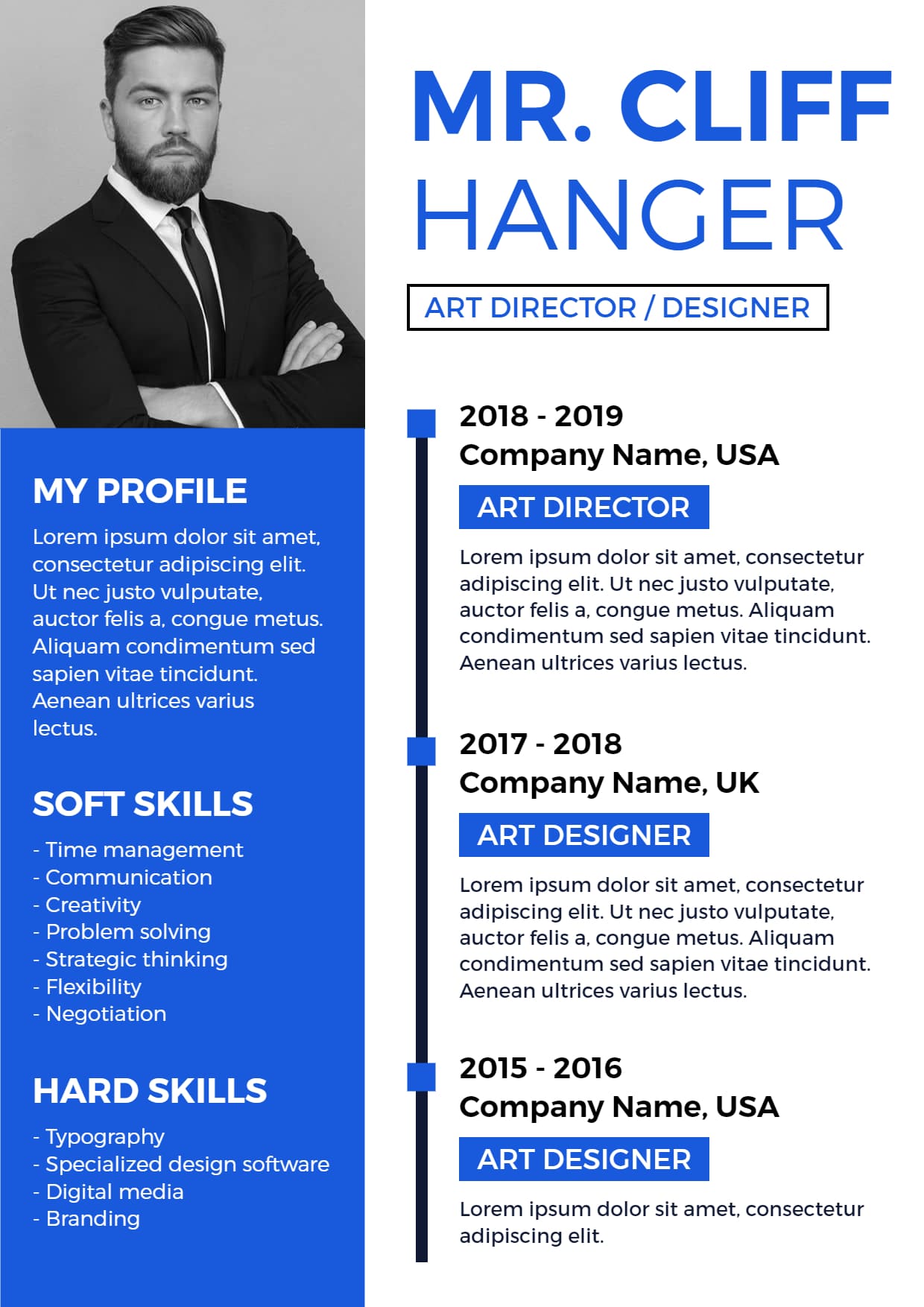
If you’re looking to create a professional resume in minutes, This resume maker app for ios is the perfect solution. With an easy-to-use platform, you can create a personalized resume that showcases your skills and experiences in just a few clicks. Whether you’re a recent graduate or an experienced professional, This resume creator can help you land your dream job by highlighting your strengths and qualifications.
Resume Tips for Additional Sections
30. Incorporate Relevant Certifications and Licenses
If you possess any certifications or licenses that demonstrate your proficiency in a certain aspect of the job you are applying for, make sure to include them in your resume. This is particularly crucial if the certification or license is mandatory to perform the job, such as in nursing, teaching, or driving professions.
31. Showcase Your Personality (if relevant)
You can add an “Interests” section to your resume, but make sure only to include those activities that are relevant to the job. For example, if you’re an aspiring guitar player looking to work for a music company, then mentioning your hobby is essential. However, if you’re a remote developer for hire applying for a position at a healthcare company, then scrapbooking may not be relevant.
32. Be Cautious of Controversial Interests and Activities
You may volunteer regularly at your church or participate in political campaigns. While such experiences exhibit your work ethic or relevant skills, they may also make you susceptible to discrimination from someone who disagrees with the cause. Thus, weigh the decision to include such activities carefully.
33. Highlight Your Awards and Achievements (when relevant)
Mention any awards or accolades you have received, even if they are company-specific. Specify what you earned them for, such as “Received the Golden Salesperson Award for achieving the company’s top sales record for four consecutive quarters.” Although personal achievements, like running a marathon, may not be entirely relevant, they demonstrate your determination and hard work. Consider the best approach to incorporate them, if necessary.
Resume Example of This Additional Section Tips
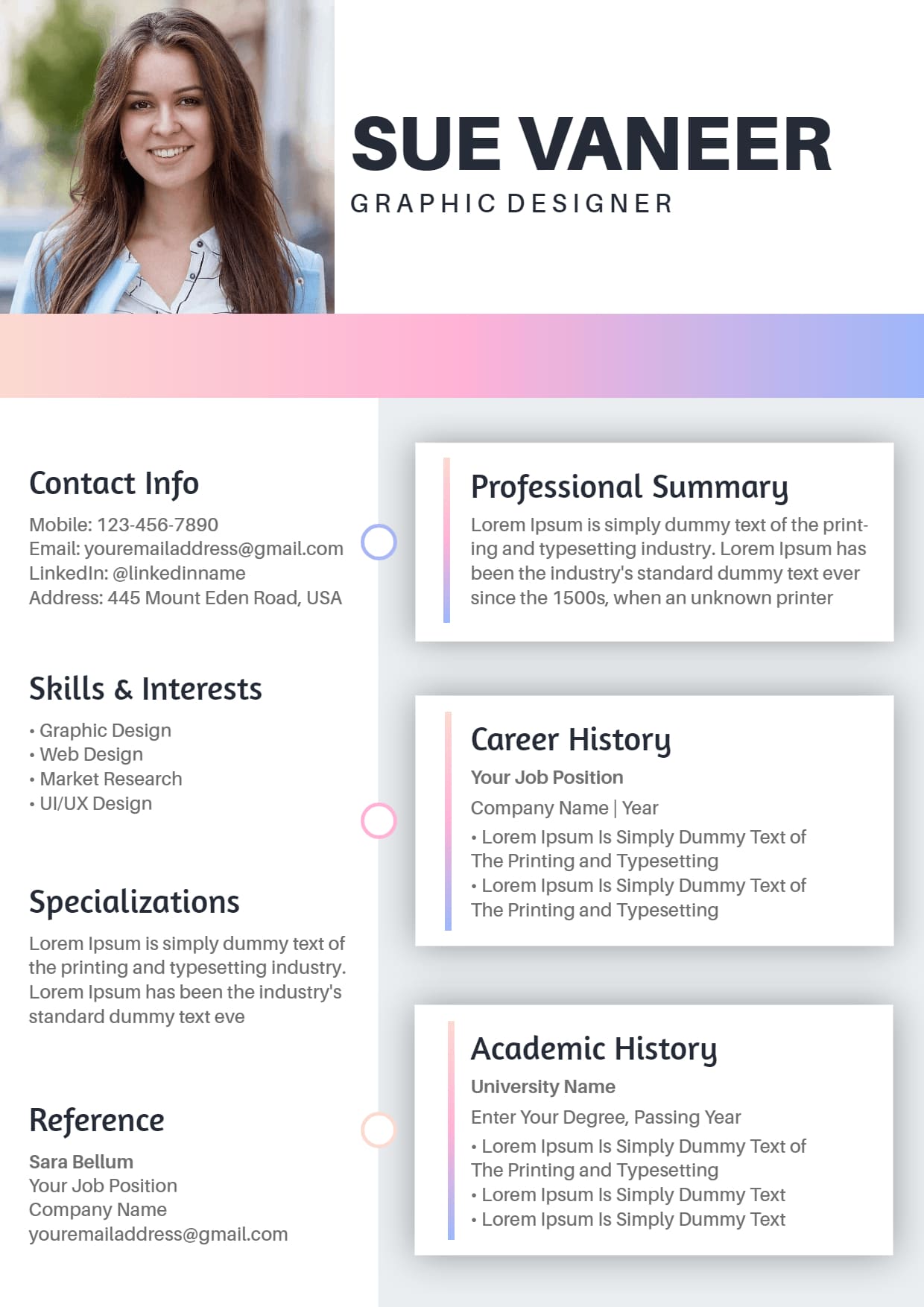
Tips for Addressing Employment Gaps and Other Tricky Resume Situations
34. Consider Eliminating Short-Term Jobs
If you only worked at a non-temporary job for a few months, you might want to consider excluding it from your resume to avoid looking like a job hopper. However, if the short-term job is highly relevant to the job you’re applying for, it might be worth including.
35. Be Strategic about Listing Dates for Shorter Gaps
If you have gaps of a few months in your work history, consider listing only the years you worked at each position or just the number of years or months. Keep it consistent throughout your resume and be honest about gaps if asked during an interview.
36. Address Serial Job Hopping
If you’ve frequently changed jobs, consider including a succinct reason for leaving next to each position. This could include reasons such as “company closed,” “layoff due to downsizing,” or “relocated to a new city.” By proactively addressing the gaps, you can illustrate the reason for your frequent job changes and make it less of an issue.
37. Explain a Long Break in Jobs
If you’re re-entering the workforce after a long hiatus, start with a summary statement at the top that outlines your best skills and accomplishments. Then, get into your career chronology, including any part-time or volunteer work.
38. Be Intentional about Career Gaps
While career gaps are becoming more common, it’s still important to frame them in a way that’s relevant to a future employer. Talk about skills you gained or any professional endeavors you pursued during your break. Avoid being too cutesy or describing unrelated experiences on your resume. Instead, focus on any professional skills you may have grown or activities you may have done.
Resume Example of This Employment Gap Tips
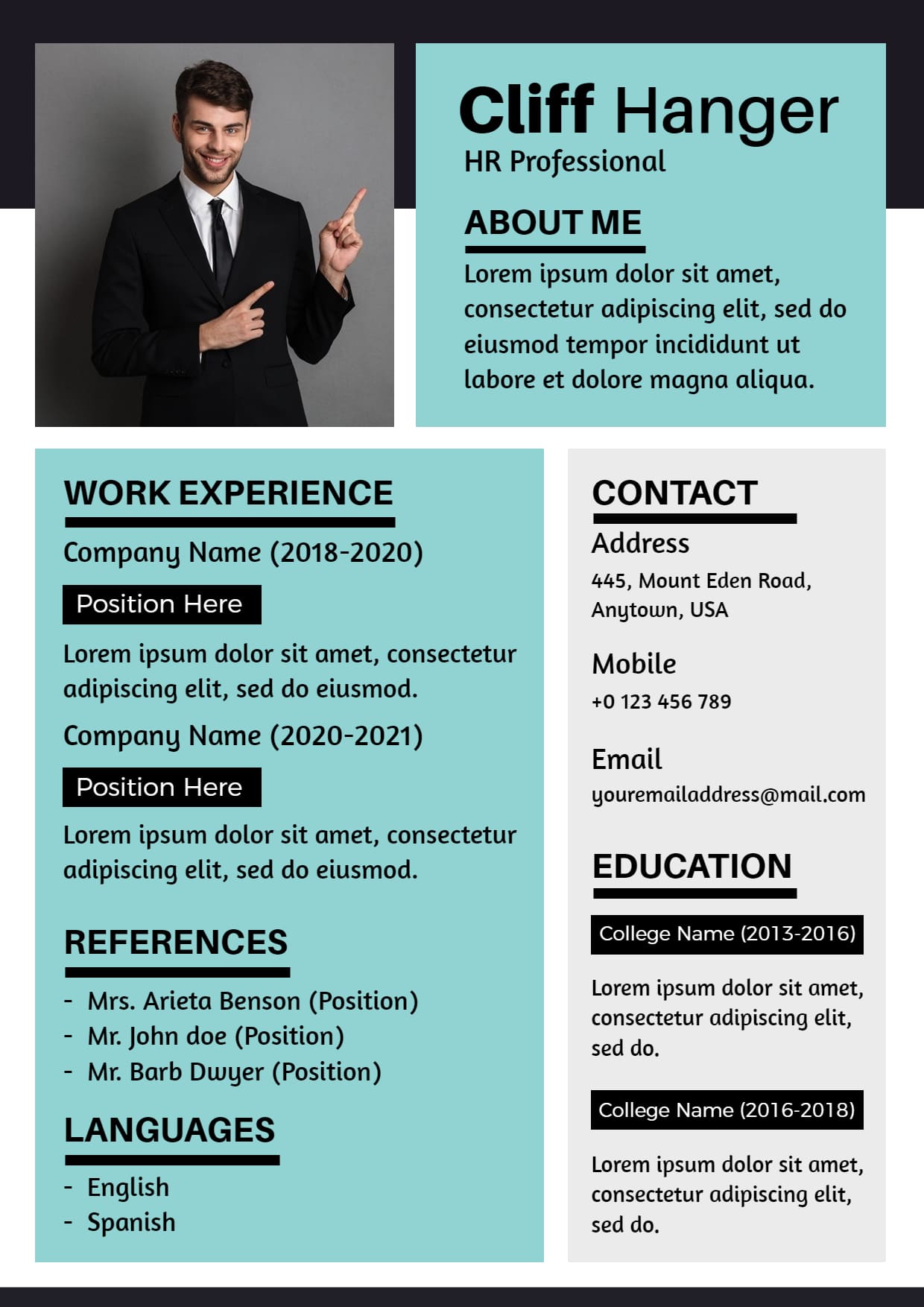
If you’re looking to create a professional-looking resume online, using a resume maker is a great option. With an online resume maker, you can easily create a polished, well-designed resume that will help you stand out from other job applicants. Whether you’re looking to change careers, just starting in the workforce, or simply want to update your existing resume, using a resume maker can save you time and effort while ensuring your resume looks its best.
Effective Tips for Perfecting Your Resume
39. Avoid “References available upon request”
Most hiring managers assume that you have references and will ask for them if they are interested in moving forward with your application. Including this phrase can make you appear out of touch, so leave it off.
40. Proofread Carefully
It may seem obvious, but editing your resume for typos and grammatical errors is crucial. Don’t solely rely on spell check and grammar check; take a break from your resume and then review it carefully. Tailor your resume to highlight the most relevant skills and experiences for each job application. Ask a friend or family member to proofread it for you as well. Alternatively, consider using an online grammar checker for an additional layer of review.
41. Save your Resume as a PDF or Word Document
Unless the job posting specifically requests a different format, always submit your resume as either a PDF or Word document (.docx, not .doc). Applicant tracking systems (ATS) can easily open and parse these formats. The choice between the two formats is up to you, but PDFs are generally more reliable in maintaining your formatting across different devices and programs.
42. Name your File
Make it easy for the hiring manager to locate your resume by naming it clearly, such as “Jane Smith Resume.” Consider including the job title in the file name as well, such as “Jane Smith Marketing Analyst Resume.”
43. Update your Resume Regularly
Set aside time every quarter to review your resume and add any new skills or responsibilities you have taken on. This ensures that your resume is always up-to-date and ready to go when the opportunity knocks. Plus, even if you’re not actively job searching, having an updated resume can be useful for networking and career development.
Perfect Resume Example With This Tips
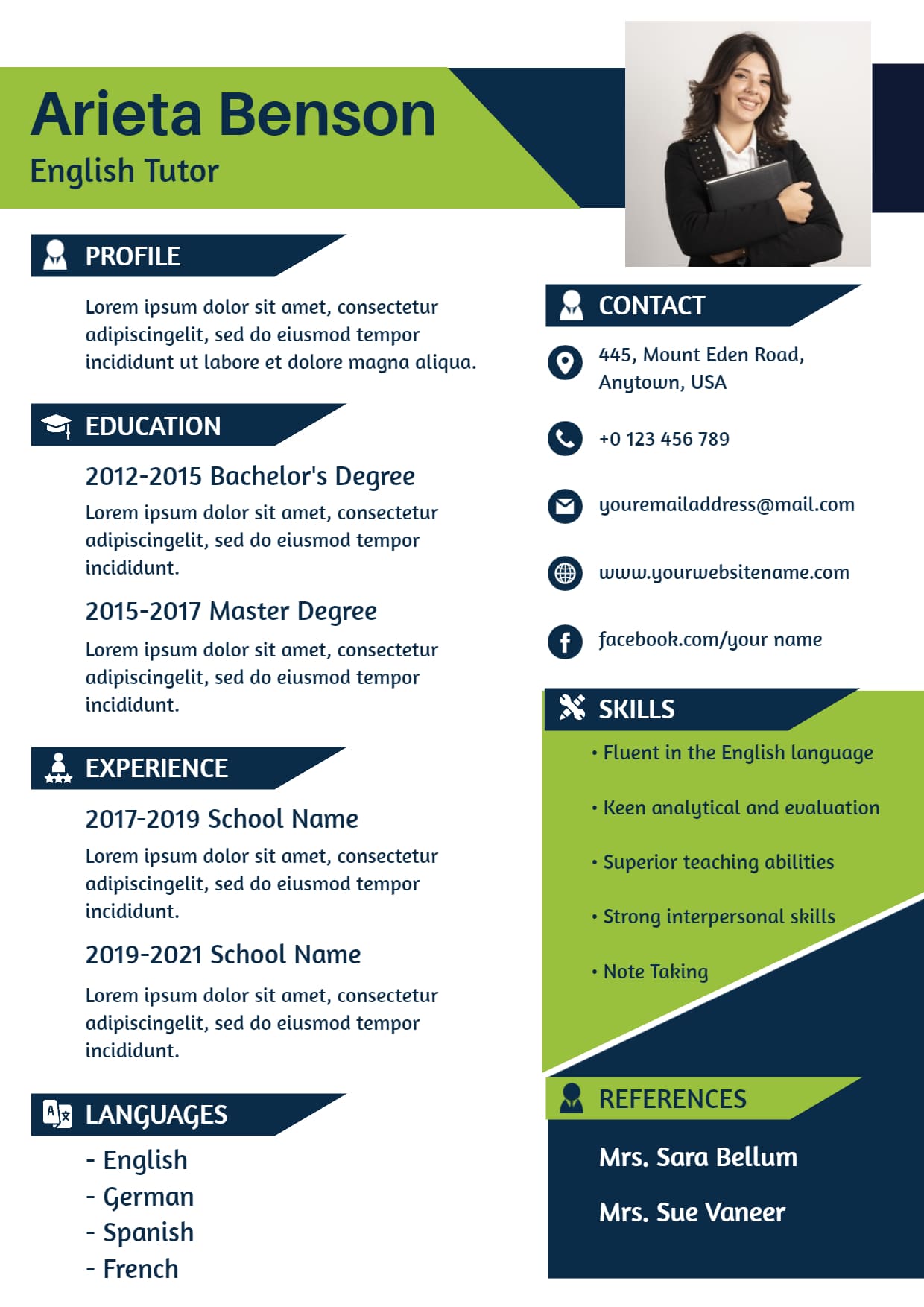
Conclusion
In today’s job market, having a great resume is essential. By following these top resume tips, you can create a winning resume that will help you stand out from the crowd and land your dream job. As well as remember to tailor your resume to the specific job posting, use action verbs to highlight your achievements, and keep it concise and professional.



